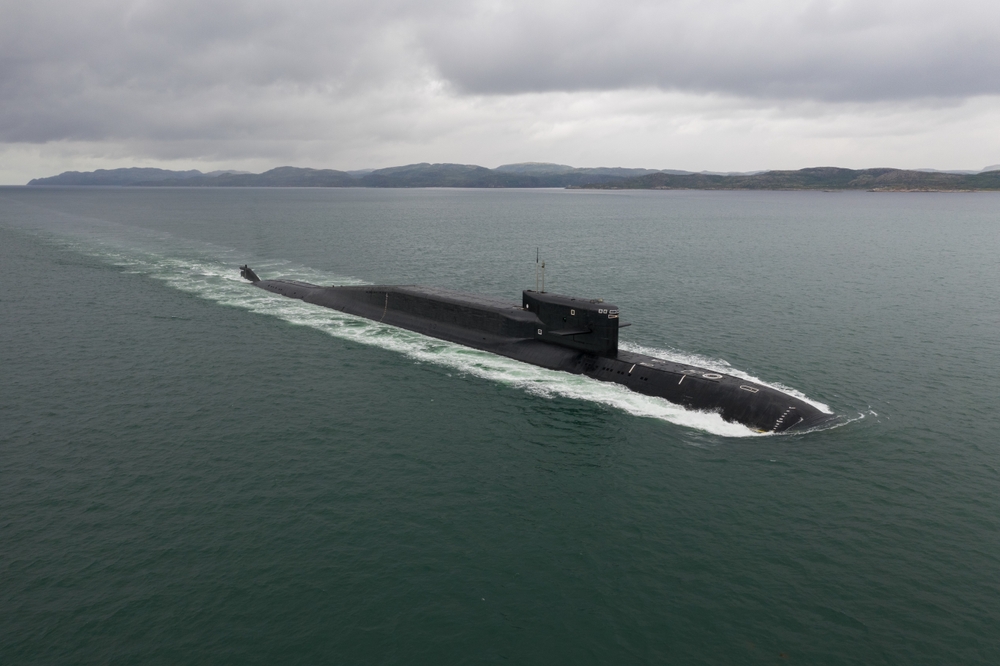Concerning Revelations About the Russian Nuclear Submarine K-278.
Others are reading now
Vladimir Putin, absorbed in the ongoing invasion of Ukraine, which began nearly two years ago and has not achieved its initial objectives, now faces horrifying news about the Russian nuclear submarine K-278 Komsomolets. This vessel, sunk in the Barents Sea for over 30 years, continues to leak harmful nuclear radiation into the environment, posing a significant threat to both human health and the environment. Despite the gravity of the situation, no action has been taken.
In a troubling revelation brought to light by Norwegian researchers in collaboration with their Russian counterparts, it has been discovered that the K-278 Komsomolets, which sank during an Arctic Ocean mission in 1989 near the coast of Norway, is still a source of dangerous contamination. This information was reported by National Interest.
The potential environmental impact and maritime safety concerns have been analyzed as nations grapple with the implications of these findings. Water samples taken around the submarine showed radiation levels 100,000 times higher than uncontaminated water.
Also read
The joint research team’s investigation raises serious questions about both the immediate and long-term effects of this radioactive contamination. Samples collected from 5,500 feet below the surface, about 160 miles southwest of Bear Island in Norway, paint a bleak picture of a silent but significant threat lurking in the depths.
“The findings raise concerns that radiation is actively leaking from the submarine, either from its reactor or a pair of nuclear warheads on torpedoes, after lying on the Barents Sea floor for over three decades,” a report from Drive stated.
The complex process of collecting these water samples was led by a Norwegian-designed remote-operated submersible, Egir 600, which ventured deep into the silent tomb of the submarine.
Norwegian researchers revealed that the radiation likely originates from the submarine’s reactor or the nuclear-tipped torpedoes on board.
The Komsomolets K-278 submarine, with a displacement of over 5,000 tons and a length of 117 meters, has been submerged for more than 30 years, and time has not mitigated the danger. A detailed analysis is crucial to understand the extent of the radiation leak and its potential repercussions on the marine ecosystem and beyond.
The loss of the Komsomolet was a major shock to the Soviet navy, as it was considered the most advanced nuclear-powered submarine in service at the time. The submarine had two plutonium warheads on board when it was lost on April 7, 1989. Both now lie at a depth of 1,680 meters, along with the rest of the submarine wreck, and continue to present ongoing concerns about radioactive leaks on the Norwegian Sea floor. The submarine also still contains 20 conventional torpedoes, posing a significant hazard.
In total, 42 of the 69 crew members died in the accident – just one of several Soviet submarines involved in the Cold War.


